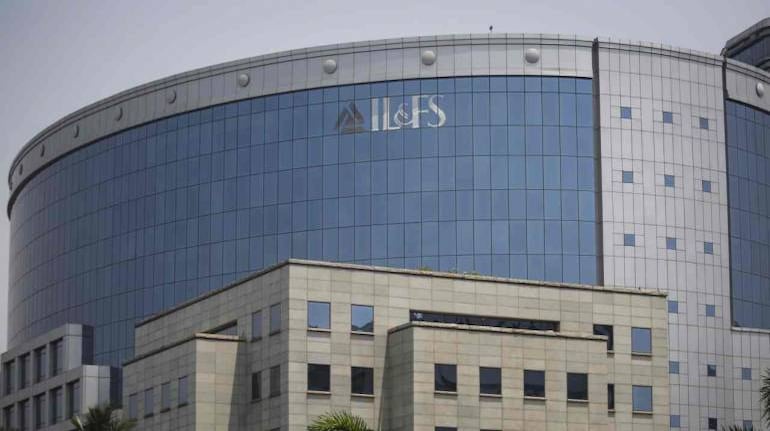



Ananya Roy
The Reserve Bank of India’s proposal to impose liquidity requirements on hitherto light-touch regulated non-bank financial companies (NBFCs) is a welcome step. More stringent regulations for NBFCs is the need of the hour rather than the temporary fix of a liquidity window.
The regulator has proposed that NBFCs set aside high-quality liquid assets (HQLA) to cover 30 calendar days of their net cash outflows. It has suggested that NBFCs start with a coverage of 60 percent of the liquidity coverage ratio (LCR) by 1 April 2020, and increase it in equal annual increments to 100 percent by April 2024.
There are other recommendations in the proposal like setting up asset-liability management committees, formulating contingency funding plans, and improved disclosures by NBFCs.
That’s all fine, but frankly, committees and plans are formed and forgotten. Remember that IL&FS (the epicenter of this NBFC-quake) had a formal risk management committee which didn’t even bother to meet in two years. So, it’s only LCR that has the teeth required to deal with this crisis.
This proposal isn’t the first step that RBI has taken towards defusing the situation. In the months following IL&FS’s defaults in September, RBI injected liquidity in the system in an attempt to make it easier for banks to restart funding NBFCs and even eased regulatory norms for onward lending to NBFCs. But these didn’t help much because it wasn’t regulatory or liquidity constraints which were stopping banks from lending to NBFCs.
The asset-liability mismatch inherent in NBFCs’ business models and speculations regarding their corporate governance made banks and mutual funds no longer want to get their hands dirty. No amount of regulatory or liquidity easing has been able to change the perception of extreme risk that has been weighing down on NBFCs.
Truth be told, a few bad apples are taking the entire sector down. Even the NBFCs which have managed their liquidity well have come under the scanner and are having to struggle with increased funding costs and compressed margins. But if a shakedown has a shot at protecting the sector at the cost of those few bad apples, it is definitely worth it.
Moreover, in the long term, the discipline imposed by RBI’s proposal (provided it goes through with its teeth intact) would help even the struggling NBFCs clean up their act. But in the short to medium term, the going will get tough. NBFCs (especially non-deposit-taking NBFCs), raise funds through market and bank borrowing because of which the cost of their funds is significantly higher than banks with access to low-cost CASA deposits.
For NBFCs which are not already compliant, setting aside a section of funds in HQLA -- with yields lower than cost of funds -- will lead to compression of margins and stunted growth.
Even if some of these NBFCs are able to pass on the higher cost of LCR-maintenance to their borrowers, the situation looks grim. Faced with increased costs of borrowing, these end-users may switch to healthier (and thus, cheaper) NBFCs or even banks. Ailing NBFCs would end up losing market share and be further hit The only options left with such NBFCs would be to try and power through or consolidate or perish.
Indeed, banks are promptly preparing to lap up the market-share about to be given up by NBFCs. HDFC Bank, for instance, plans to raise additional capital of Rs 50,000 crore with Axis Bank having done so already.
But banks, given their regulatory and compliance burden, won’t be able to pick up all the balls dropped by NBFCs, leading to a credit crunch in the market. Given the higher level of asset-liability mismatch prevalent in housing finance companies, they are likely to take a bigger hit to their margins, thereby causing a housing credit squeeze. Besides, risky real-estate and infrastructure borrowers, and small-ticket consumer finance borrowers are not likely to find takers either. With these key investment and consumption segments of our economy locked out of credit, it won’t be surprising to see economic growth falter.
A slowdown in economic growth would mean RBI would have to step in with more rate-cuts. Having just witnessed two consecutive rate-cuts, if the recent downward trends in crude price and food prices were to reverse, any subsequent rate-cuts may send inflation spiraling up above RBI’s comfort zone.
Still, despite the risks posed to some NBFCs, and even to the economy as a whole, RBI’s proposal should be implemented quickly. This is true especially in the current situation, as NBFCs have grown exponentially with deteriorating asset quality, and over-exposure to select sectors. In fact, these are the very signals which should have raised red flags and commanded action long before the situation reached today’s sorry state.
Further, considering their growing interconnectedness with rest of the financial ecosystem, what’s also needed is stronger links between regulatory bodies of the Indian shadow banking system which is currently a patchwork of RBI, NHB, IRDA, and SEBI, and interact only on an ad-hoc and usually post-hoc basis.
Finally, we need our credit-rating agencies to be proactive in identifying risks, and our bond markets to broaden and deepen so that long-term projects can be funded by long-term sources, rather than a death-trap medley of short-term funds.
(The author is an associate portfolio manager with Reliance Capital. Views are personal. She tweets at @anayaroycfa)
Discover the latest Business News, Sensex, and Nifty updates. Obtain Personal Finance insights, tax queries, and expert opinions on Moneycontrol or download the Moneycontrol App to stay updated!
Find the best of Al News in one place, specially curated for you every weekend.
Stay on top of the latest tech trends and biggest startup news.